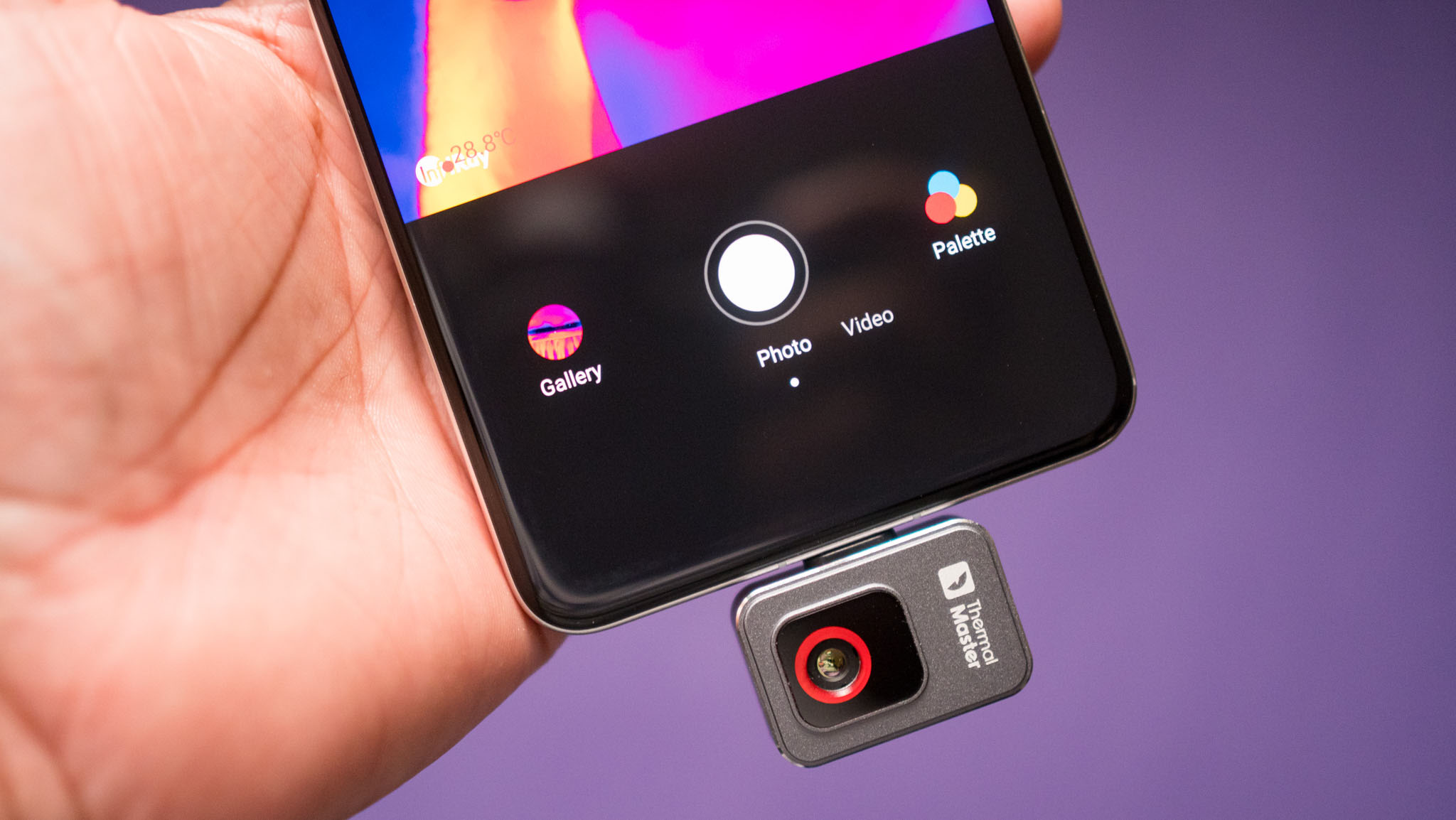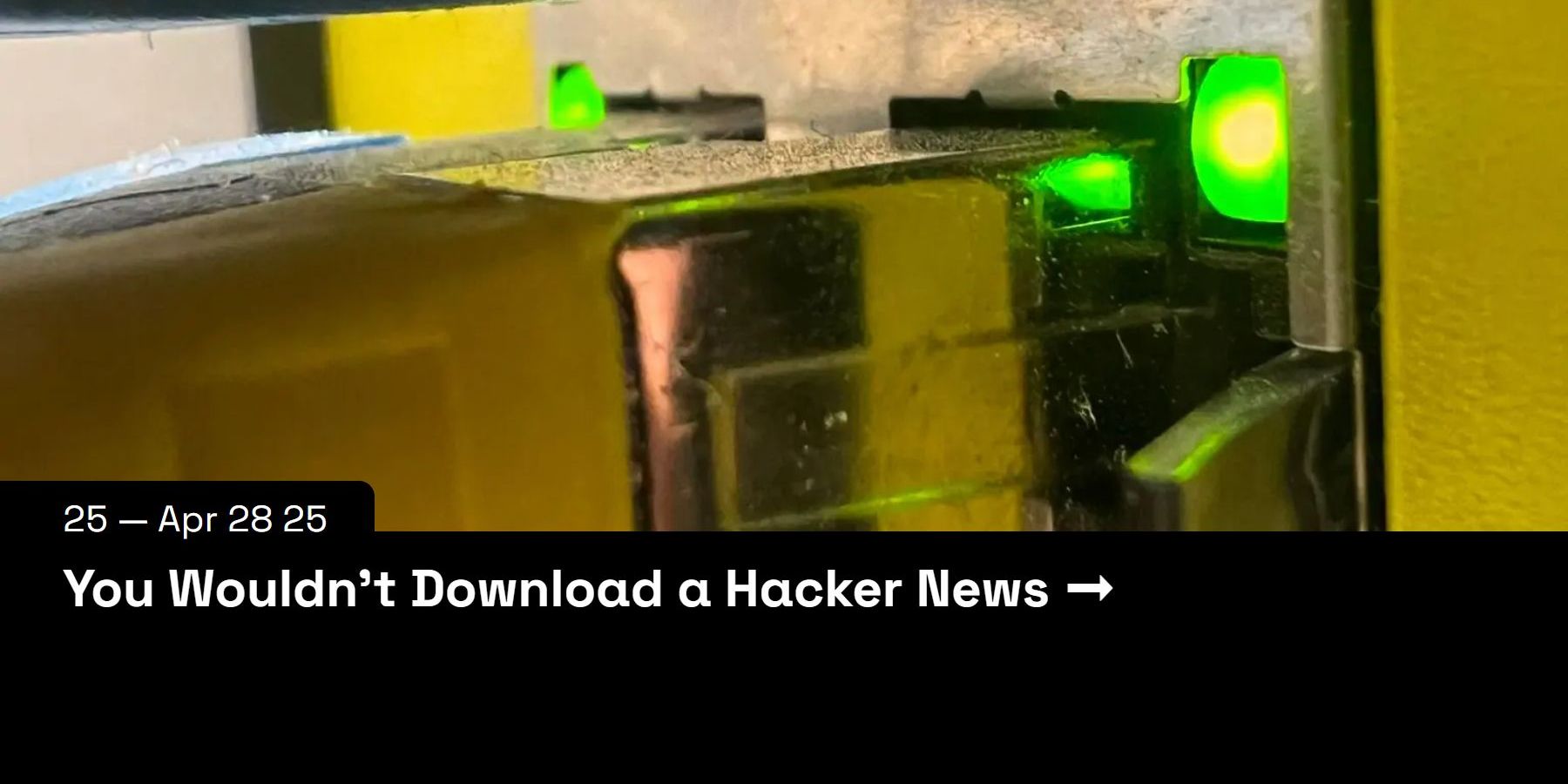Nintendo Switch 2 Storage Concerns: A Closer Look at Capacity and Costs

Nintendo has recently generated significant excitement regarding its latest console, the Switch 2, particularly highlighting its storage capacity, which is touted to be eight times greater than that of the original Switch. However, at 256GB, this figure may seem deceptively impressive, especially when pitted against the growing size of many third-party games that appear designed to consume substantial portions of a console's storage.
When the first Switch was introduced in 2017, it came with a price tag of $300. In contrast, the Switch 2 is priced at $450, putting it in the same price range as competitors like the PlayStation 5 and Xbox Series X. This price increase doesnt account for the additional costs of new games, which are expected to range from $70 to $80, nor does it include the potential expenses associated with various accessories. Consequently, the overall investment required to start with the Switch 2 is considerable. Its clear that this console is not merely an additional device to dust off for occasional multiplayer sessions of beloved titles like Mario Kart or Super Smash Bros. Instead, for those considering it as their primary gaming system, it's essential to carefully evaluate the games they own and the costs of any additional storage solutions they might need.
According to Nintendos specifications for the Switch 2, it's important to note that a portion of the 256GB built-in storage will be reserved for the operating system, which includes essential software for settings and menu navigation. In the case of the original Switch, which boasted 32GB, users found that only about 26GB was available for actual gaming. While it remains unclear whether the operating system and firmware on the Switch 2 will take up more space than before, it is advisable to anticipate that usable storage on the new console will be closer to, or possibly even below, 250GB.
Users must also consider the actual size of the games they wish to play. Although many first-party Nintendo titles can be stored on physical game cardswhich help conserve internal storagethis is not the case for several third-party games. For example, Mario Kart World consumes nearly 24GB of storage, while Donkey Kong Bananza takes up about 10GB. Its also important to remember that physical game cards do not negate the need for storage space consumed by game updates and save data. Furthermore, Nintendo now offers game-key cards, which are simply digital codes allowing users to download games from the Nintendo eShop. However, its worth noting that players must have the physical cartridge inserted into the console to utilize this method if a publisher opts for the game-key card format.
The decision regarding whether to release a game on a physical card or as a digital download seems to hinge primarily on the preferences of the publishers. For instance, Best Buy lists the physical version of the highly anticipated Switch 2 iteration of Cyberpunk 2077 as being available on a 64GB game card. In a discussion with Game File, CD Projekt Red engineer Tim Green confirmed that the entire game will be playable directly from the game card. However, its important to mention that this game will target a 1080p resolution on televisions while operating in quality mode, alongside utilizing Nvidias AI upscaler DLSS to enhance performance.
Not every game is being released in full on a game card, even if their sizes are 64GB or smaller. Titles like Hitman World of Assassination (61GB), Street Fighter VI (48GB), and Yakuza 0 (54GB) have all been confirmed to use game-key cards. The reasoning behind this trend is straightforward: game-key cards are less costly to produce since they dont require the inclusion of high-capacity flash storage chips.
Interestingly, Nintendo stands out among gaming companies for its ongoing commitment to file size compression. This can be seen in how Nintendo titles typically occupy a fraction of the storage space required by many third-party AAA games. However, players transitioning from the original Switch to Switch 2 will also need to account for the storage space consumed by their older games. For instance, upgrading Kirby and the Forgotten Land will cost $20, yet purchasing from retailers like Best Buy will only provide a code for a digital download. Porting an existing title like The Legend of Zelda: Tears of the Kingdom to the Switch 2 will require purchasing a separate Switch 2 Edition upgrade for $10 to access improved frame rates, resolution, and load times. Nintendo has assured users that buying the Switch 2 version of a game thats available across platforms will include the upgrade on the game card itself, negating the need for additional downloads.
Heres a glimpse of the expected download sizes for key Nintendo Switch 2 titles:
- Cyberpunk 2077 59.8 GB
- Yakuza 0 53.7 GB
- Mario Kart World 23.4 GB
- Bravely Default 11 GB*
- Donkey Kong Banaza 10 GB*
- Zelda Breath of the Wild 24.2 GB
- Zelda Tears of the Kingdom 19.9 GB
- Kirby and the Forgotten Land 13 GB
- Super Mario Party Jamboree 13 GB
Ultimately, every gamer will need to do the math regarding their total storage capacity and assess whether the games they intend to play will push their limits. Nintendos solution for those who find themselves nearing their storage capacity is to invest in a microSD Express card. This cutting-edge storage option leverages a PCIe memory interface, which can offer speeds potentially comparable to the faster SSD storage of the Switch 2. The console supports microSD Express cards of up to 2TB in capacity, although these will likely represent a more significant financial investment compared to the microSD options available for the original Switch. Additionally, older non-Express memory cards will not be compatible with the Switch 2. For example, a 256GB microSD Express card from Samsung, featuring Marios iconic M logo, is expected to retail for around $60, with more manufacturers likely entering the market with higher-capacity options that could come with steep price tags.
In conclusion, not only will users need to balance their storage needs on the Switch 2, but they will also have to consider the implications for their finances. When Nintendo released the Switch OLED, it doubled the storage capacity to 64GB from the original 32GB. For those eager to experience the Switch 2, it may be wise to invest in a microSD Express card if they anticipate building a large library of games, particularly if they plan to purchase non-Nintendo titles.




























